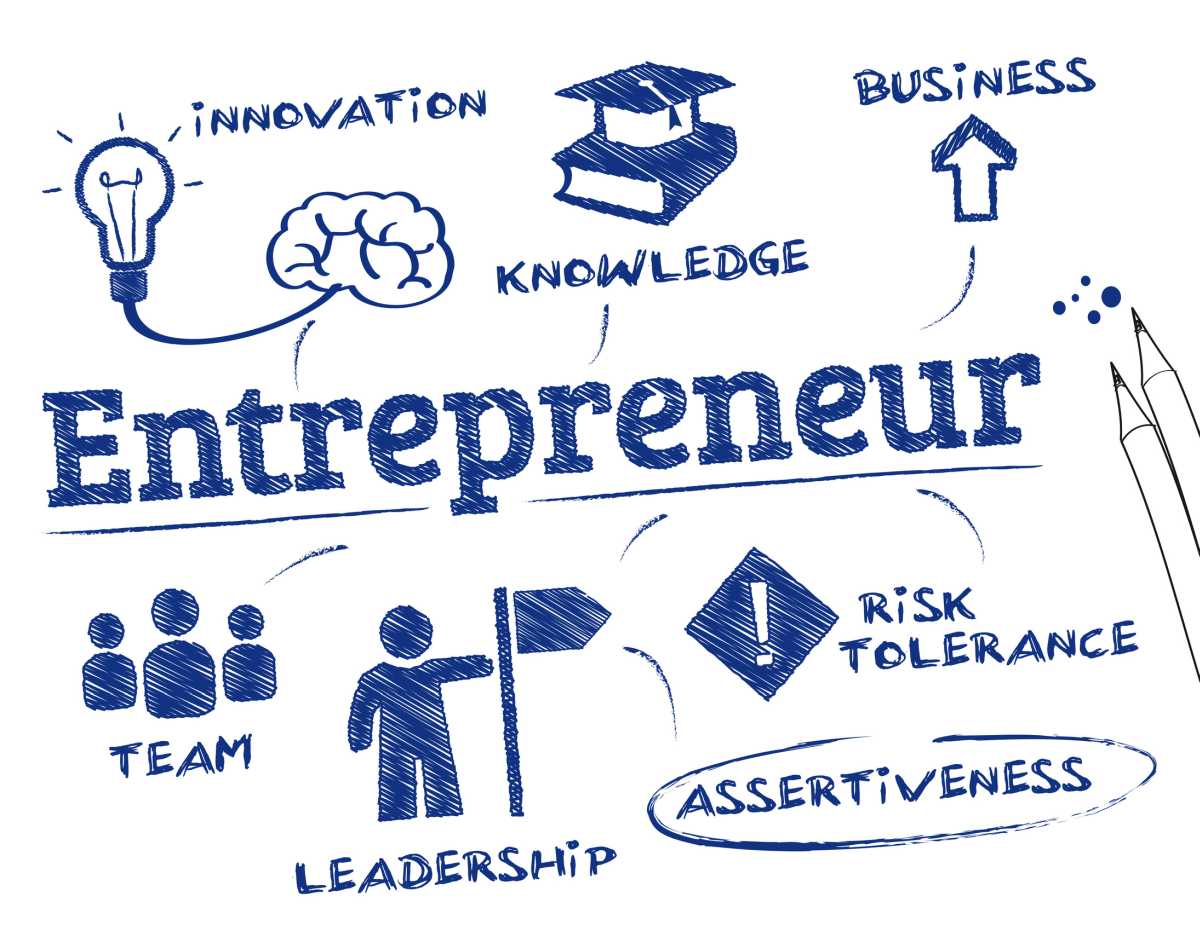Entrepreneurship success: supply chain management (II)
Last week we introduced what supply chain management is about. We discussed its benefits, elements as well as some factors to be considered in developing supply chain strategy. Today, we will commence discussions on the interlinkages between strategy, plan, and procedures in supply chain management. With good farm management systems, a catfish farmer might need […]

Last week we introduced what supply chain management is about. We discussed its benefits, elements as well as some factors to be considered in developing supply chain strategy. Today, we will commence discussions on the interlinkages between strategy, plan, and procedures in supply chain management.
With good farm management systems, a catfish farmer might need some four months for the fingerlings to attain weight of 2kg each. The monthly average demand may be, say two thousand 2kg fish during the ‘low periods’. But the demand surges during the Muslims’ fasting month of Ramadan as well as during the Christmas and new year festivities. In addition, wedding ceremonies peak up in July and August and also in November and December, pushing up demand for catfish.
Besides the ‘established’ demand during the low periods, the entrepreneur will need to estimate what will be the likely demand during Ramadan, Christmas and New Year festivities as well as the two annual wedding peak periods. With that, the entrepreneur will need to develop a plan for the supply of the fingerlings from the hatchery in a way to have the fish attain the target 2kg weight in four months as well as uninterrupted supply of feed and medication. To achieve that as seamlessly as possible, the entrepreneur will need a supply chain strategy, a supply chain plan and supply chain procedures.
Supply Chain Strategy: We have earlier introduced planning as one of the elements of an effective supply chain management practice. However, planning cannot be carried out without first developing a strategy around which a plan is to revolve.
The supply chain strategy is the road map you have to develop to help you source required raw materials and other supplies, establish an effective inward and outward delivery logistics system and streamline the production of your goods and services. The overriding objective of a supply chain strategy is to maximise value at each node and stage of sourcing, procurement, production, and delivery. A supply chain strategy must ensure that optimisation, efficiency, effectiveness and resilience are built into the supply chain system. Besides overall business objectives, additional factors to be considered in the development of supply chain strategy are:
•External industrial realities such as technology, processes, and practices: This should answer questions such as what technologies do we have or should have that we can deploy or leverage on? What are the common practices and what can we do better?
•Internal company value proposition: This should answer questions like what are our value propositions to our customers and how can we deepen and widen them? That is, in what other ways can we extract more value?
•Internal decision-making processes: Internal decision-making process are the executory components of your strategy. An excellent strategy and plan with poor execution doesn’t achieve anything.
In the past, supply chains were built for to be lean so as to minimise waste whilst only minimum investment is made in working assets such as inventory. The on-time delivery system of Dell Computers in the 1990s made it possible for customers to ‘build’ their computers and place their orders online. With the orders placed, a whole a set of triggers go off to ensure parts and components arrive on time to assemble the computer and meet the order. With COVID-19 experiences now, however, companies are opting for resilience rather than the efficiency of their supply chain systems.
To reduce your supply chain vulnerabilities, you need to factor in the following:
1.Ensure you have safety or buffer stock to absorb impact of unexpected delays and/or surges in product demands. Safety buffer should be incorporated not just for inventory but also for time and capacity.
2.Standardising and streamlining your processes and operations will help you achieve further efficiencies through consistency and elimination of wastages.
3.Diversifying your sourcing, production and logistics networks will help you absorb unforeseen disappointments from your partners.
4.If you can afford it, invest in building demand forecasting capacity that will help you gauge the demand for materials ahead of time. Forecasting tools are available that will help you improve your lead time, cut costs and improve customer satisfaction.
A resilient supply chain strategy will help you deliver on your value proposition, improve productivity, manage risks and reduce costs.
Supply Chain Planning: Once you develop your supply chain strategy, the next critical responsibility is supply chain planning. Supply chain planning is the process of forecasting demand, planning for supplies and production to meet the demand as well as achieve corporate objectives. There are several advantages of supply chain planning such as reduction of operating costs, elimination of delivery delays and production disruptions, streamlining of operations, etc. The components supply chain planning are:
•Sales planning: This is about forecasting demand and planning all sales activities. The more accurate you can forecast demand for your products the better you can plan to meet it.
•Forecasting supply: The objective of forecasting demand is to be able to plan for your supplies to have optimum inventory levels and at the best costs possible.
•Production planning: The objective of your production planning is to produce only what is required, maintain optimum inventory levels, eliminate wastages and reduce costs.
•Operations planning: Operations planning is about the overall coordination of cross-functional activities. This is where sales and marketing, production and all other operations units meet to ensure perfect fit of all activities across departments and with the sole purpose of meeting customer demands and corporate objectives.
We have today discussed the development of a supply chain strategy and supply chain plan. Next week, we will take up supply chain procedures and supplier relationship management.
